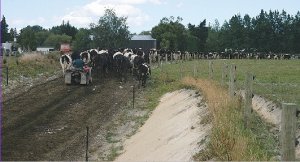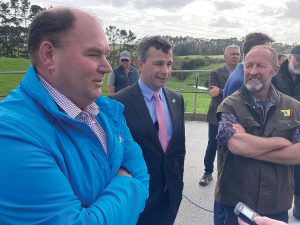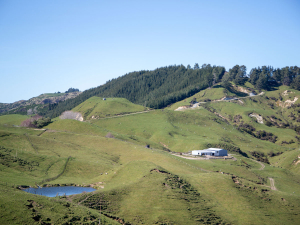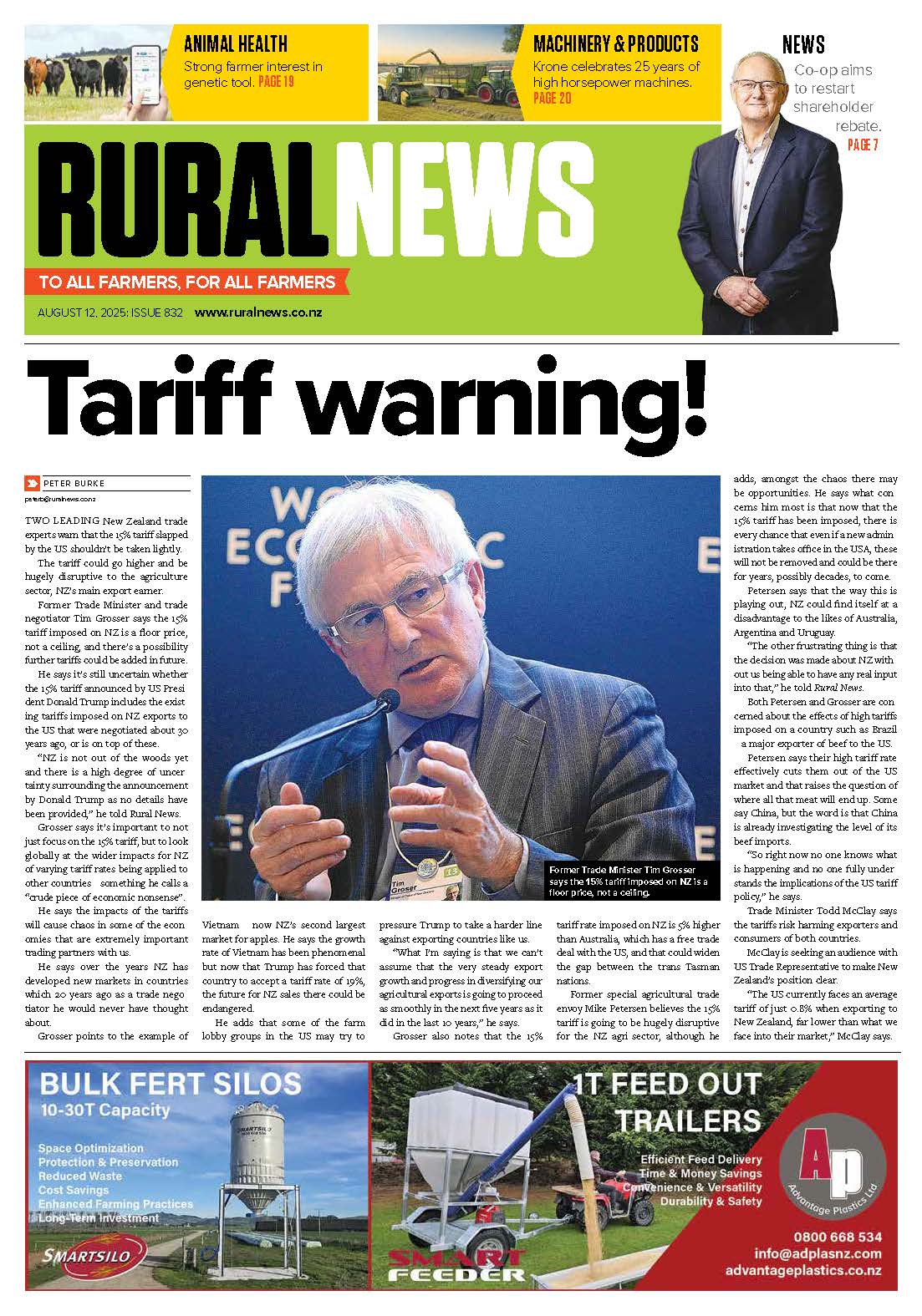Vet Jenny Akehurst of Anexa Animal Health, Te Kauwhata, is seeing more cases and more people coming to buy lameness remedies. "It went up through January and we've had a few calls already this month."
Akehurst says they advise farmers to make sure lame stock are separated from the main mob, whether or not they are on medication such as penicillin for joint infection.
"If they are on penicillin obviously they have to be kept separate as the milk cannot go into the normal vat. But also we advise farmers to try to put stock in a paddock close to the shed so during milking they are not having to walk far."
Driving up the back of the cows on quads is a big no-no, and must be avoided, Akehurst says.
"Cows will walk as fast as they can and the lame girls are going to be the ones slowing you down at the back.
"Pushing them up doesn't make them go any faster, it just means they can't check where they are going and will probably end up standing on stones and things like that which ends up causing further problems."
Taranaki vet Jimmy Bruce, Eltham Veterinary Services, says they have noticed more lameness since wet summer weather has caused hooves to soften.
"A number of farmers are walking their cows over mats soaked in a solution of copper sulphate, or through copper sulphate baths, after milking to help harden their hooves."
Bruce agrees it's important not to rush cows as this aggravates foot problems.
He suggests farmers let them wander at their own pace to the milking shed. He recommends cows be kept closer to the shed to reduce walks between milkings.
"Lameness can cost farmers a lot of money; you've got lost milk production, and then you've got the cost of treating it and also less chance of getting in calf."
Left untreated, lameness in one hoof can lead to problems in other hooves as animals try to avoid using the sore claw, so it's important farmers are vigilant for the first sign of it, he adds.
Preventative measures include limiting the distance cows walk each day and ensuring the track is wide enough for the size of the herd and has a non-damaging surface such as fine gravel for cows to walk on.
Also, ride farm bikes no less than one fencepost-length distance behind cows, don't allow dogs to nip their heels, and allow cows to come to the milking cups at their own pace.

















